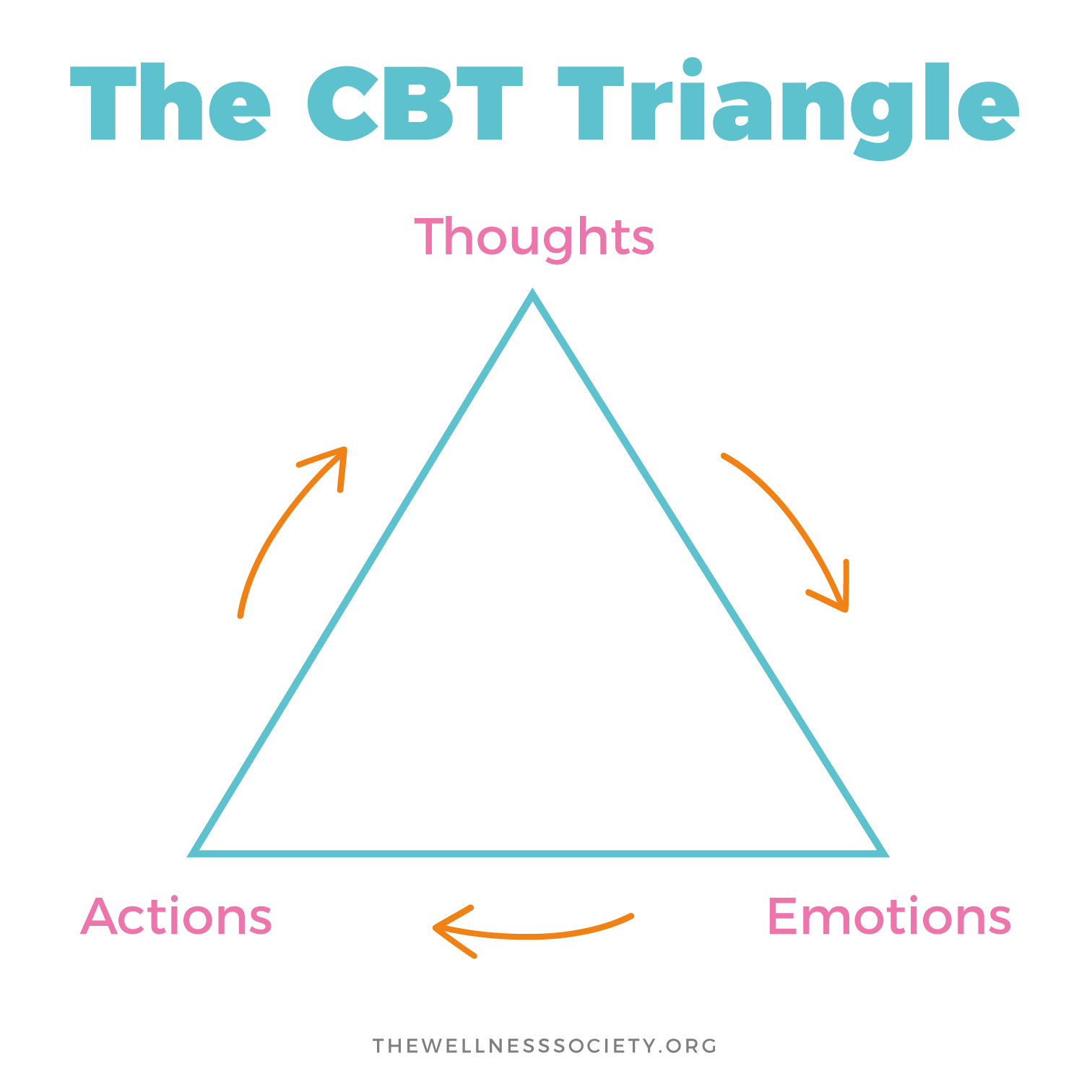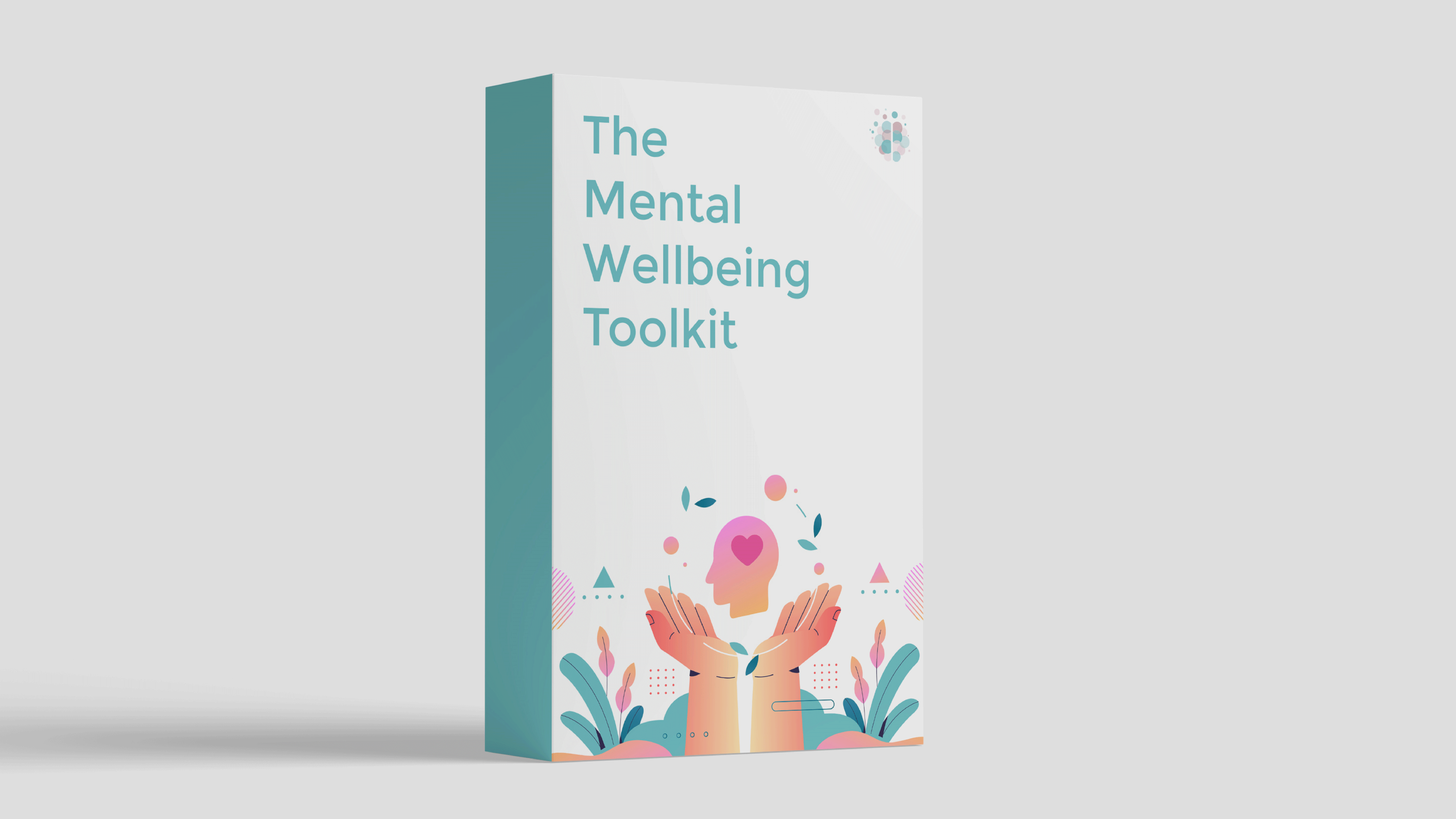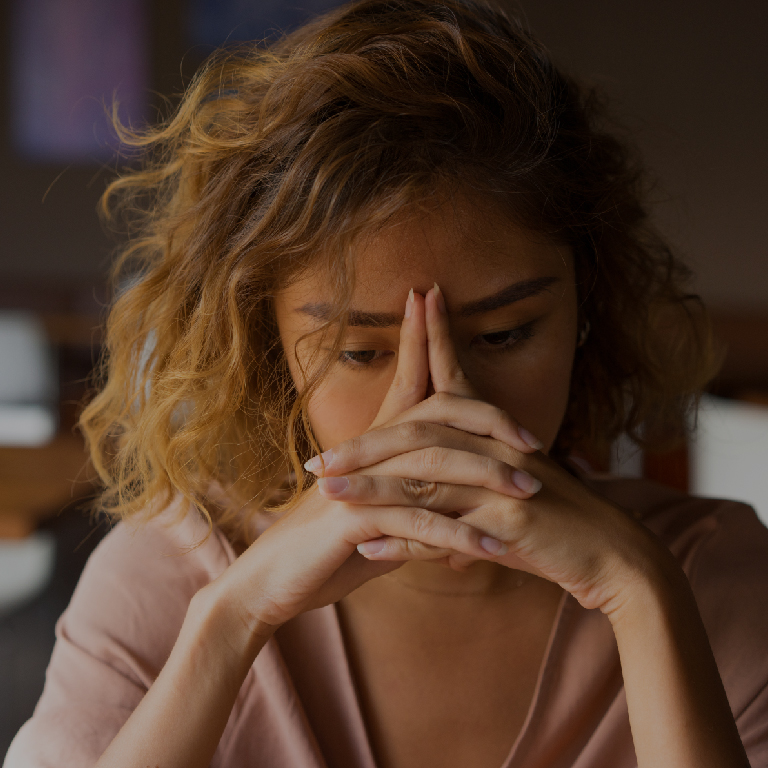What Is CBT?
Cognitive Behavioural Therapy (CBT) is a form of therapy founded by psychiatrist Aaron Beck. Combining elements of behaviour therapy and cognitive therapy, CBT has been comprehensively researched and is widely practiced.
In short, CBT focuses on the interplay between one’s thoughts, emotions and actions. The theory entails that a thought can then create a feeling which then impacts one’s behaviours.
These interactions then create a repeating cycle that in turn creates both positive and negative human experiences. In CBT, it’s theorized that a person is having difficulties largely due to distorted ways of thinking and unhelpful behaviours.

What Does CBT Treat?
CBT is a widely accepted approach to therapy due to it being an evidence-based practice with extensive histories of research.
With over 325 clinical trials, CBT has been documented for implementing treatment across a variety of clinical populations.
Here are some common issues that CBT can help address:
- Excessive worry
- Panic attacks
- Phobias
- Insomnia
- Anger issues
- Stress
More modern research has indicated a “third wave” of CBT with therapy approaches such as DBT (dialectical behavioural therapy) and ACT (acceptance and commitment therapy).
Cognitive Behavioural Therapy Techniques
CBT comprises multiple techniques that can range from being able to identify unhelpful thoughts patterns to finding replacement thoughts and behaviours that can serve to assist with varying life problems.
These techniques can often be implemented by professionals in therapy through psychoeducation, behaviour activations and assigning homework.
Keep reading to discover three techniques that therapists commonly use in CBT treatment.
1. Cognitive Reconstructing
Cognitive reconstructing, also referred to as cognitive reframing, is a common technique for CBT. CBT is all about the impact that thoughts could have on someone’s emotional state and behaviours, therefore working on thought patterns can help to reframe one’s thoughts into more productive ways of thinking.
Everyone can fall into unhelpful thinking patterns, defined more formally as cognitive distortions in CBT.
Catastrophizing (thinking the worst will occur), all-or-nothing thinking (thinking in extremes or absolutes), and mind reading (interpreting the thoughts of others without sufficient evidence) are some examples of common cognitive distortions.
Our brain naturally has a negative bias, which can make negative thinking more common than not.
Identifying cognitive distortions is one of the first steps in being able to reconstruct unhelpful thoughts. Additionally, asking further questions can help you “check the facts” of the situation, gain more perspective, and evaluate other possibilities that distorted thinking can often limit.
From there, the use of replacement thoughts can assist in further solidifying that your cognitive distortion does not have to further control any succeeding thoughts, emotions, and actions.
2. Exposure
Types of exposure are common interventions to confront fears and phobias that can be associated with anxiety and panic.
The key to exposure work is gradually increasing exposure to the thing that provokes fear/anxiety while working to cope in the moment. This can be done through creating an exposure plan with a therapist.
This can be as simple as exposing someone to the physiological sensations that are created from the panic of the stimuli. For example, part of someone’s beginning stages of their exposure plan can be to run in place to increase their heart rate or spin in circles to create the dizziness created by panic, then implementing calming skills in the moment to return to base level.
From there, the stimuli can be slowly increased, using isolated senses such as hearing, seeing, or feeling the stimuli in small increments.
For a deep dive into how to use exposure to overcome social anxiety, check out this article.
3. Relaxation and Stress Reduction
In CBT, you can also be taught relaxation and stress reduction techniques.
These can vary but often will increase your sense of control and often serve as practical skills to assist with regulation.
Such techniques can include learning simple breathing exercises such as belly breathing, square breathing, and alternate nostril breathing. This can also alternatively be taught through practicing guided meditations or engaging in a progressive muscle relaxation.
Mindfulness can also be a key factor in this technique, which is simply being present in the moment without judgment. Mindfulness can also assist in advancing relaxation techniques already being practiced. For instance, mindfulness can assist in you being able to focus on your breath during breathing exercises.
Summary
CBT focuses on helping you understand the relationship between your thoughts, emotions and actions – they're all interconnected.
Cognitive restructuring, exposure, and relaxation and stress reduction are three components to CBT, however, this isn't all.
There are numerous techniques that can be used for further improvement to get closer to optimal daily functioning. When working with a professional, CBT can be tailored and individualized for the person it’s treating.
Overall, CBT has proven to be a versatile, evidence-based, and effective treatment for many.
Self-Guided CBT Tools for Anxiety and Low Mood
Research shows that self-help materials are often enough for people to overcome mild to moderate mental health difficulties without professional support.
If you’re interested in a self-guided program that includes tools from CBT, be sure to check out The Mental Wellbeing Toolkit.

About Alyssa
Alyssa is a licensed mental health counselor and registered art therapist.
Alyssa has worked with a variety of clients in outpatient mental health settings in addition to working most recently with juveniles through Yale University’s Juvenile Justice Program.



